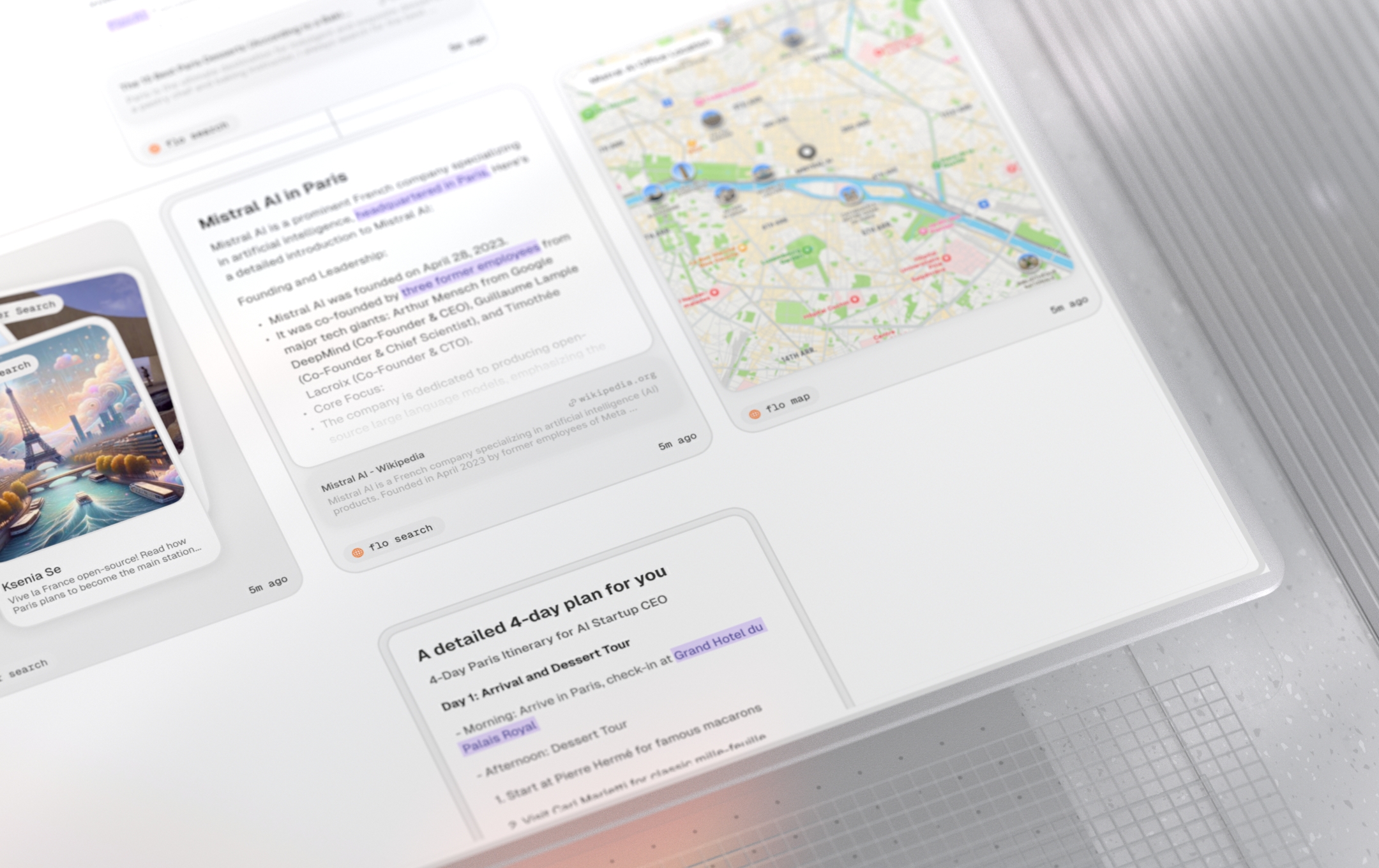Introduction to Flow Mode
Flow Mode
Flow mode is the next-gen AI interaction method designed specifically for content creators. It serves as the standard interaction method in flowith. Flowith utilizes an infinitely large canvas, enabling you to simultaneously engage with multiple AI assistants and generate the content you need.

Why use Flow Mode?
If you only require AI for simple translations or basic question-answering, a conventional chat mode might suffice. However, if you need to engage in multi-turn conversations with AI, modify previous inputs, or collaborate with multiple AI assistants simultaneously, Flow mode offers a completely different creative experience.
Advantages of Flow Mode:
Multiple AI instances can generate content simultaneously in parallel threads.
You can repeatedly modify the AI prompt and generate prompts multiple times.
Each node can "reference" content from other nodes, enabling content reusability.
Flexible information branching and consolidation.
On-the-fly removal of unnecessary information.
Effortless comparison of generation results across different models in parallel.
...
Use Case:
In Flow mode, you can effortlessly switch between models within the canvas without the need to start a new conversation. For example, you can compare responses from various major models to the question "Which is greater, 9.11 or 9.9?" in the same canvas. Flowith's general mode not only allows for one-click model switching but also presents each model's performance on this question clearly within the canvas, enabling you to compare results more effectively.

Beyond just switching models, you can freely alternate between modes within a single canvas.

In addition to this, the general mode also supports uploading text files and image files. You can ask questions related to text files and image files.
Advanced Features — Node ReferencesWe will continuously update additional information on Flow usage and functionality.
Last updated
Was this helpful?
